The best kit for wildlife photography makes it possible to capture all sorts of incredible imagery of the natural world. Wildlife is an enduringly popular subject for photographers – challenging but rewarding, requiring patience, timing and a dash of luck.
It’s generally not something you can just turn up to with a basic setup. Unless you’re going to take pictures at the zoo, wildlife photography is going to require some specialist equipment for you to see real results. Having the right camera and lens are a must, but preparedness also extends to accessories, bags, and even the clothes you wear.
At AP, our team of expert photographers has collectively spent thousands of hours photographing wild animals in the UK and beyond. We’ve put together this comprehensive guide to help you find the bet kit for wildlife photography, based on our equipment-testing experience. Whether you’re building a kitbag from the ground up, or are looking for one or two upgrades, we’ve got the recommendations to help you craft your perfect wildlife setup.
Want more choice? Check out our guide to the best cameras for bird photography, where we run through the cameras with specific autofocus modes for capturing birds in flight. We also have a useful guide to the best budget telephoto lenses for wildlife. For now though, let’s run through everything your kit bag needs for pin-sharp, perfect wildlife images.
Best kit for wildlife photography – Cameras
Obviously you’re going to need a camera – but which kind? You may be immediately drawn towards a full-frame DSLR or mirrorless camera, but for wildlife photography, there’s an advantage of using cameras with a smaller sensor. The “crop factor” means that the focal length of any lens you attach will be extended.
For example, if you use a Micro Four Thirds camera and attach a 300mm lens, the 2x crop factor means the effective focal length instantly becomes 600mm and gets you closer to the action. You can also opt for APS-C, which is the sensor size of smaller DSLRs, as well as some mirrorless ranges like Fujifilm X or Canon EOS M. This will apply a 1.5 or 1.6x crop, meaning a 300mm lens becomes a 450 or 480mm. See our guide to APS-C vs full-frame for more on this.
That’s not to say of course that you can’t use a full-frame camera for wildlife photography – it will produce fantastic images full of rich detail, and also make it easier to get shallow depth of field for wildlife portraits. You’ll just need to invest in longer lenses – or teleconverters – to get the same kind of reach, and these will not come cheap. Nor, for that matter, will the full-frame camera itself.

A test shot taken with the Nikon D850 and Nikon AF-S NIKKOR 180-400mm f/4E TC1.4 FL ED VR lens – an exceptional but expensive wildlife combination. Photo credit: Michael Topham.
There are a couple of other functions you might want to consider if you do a lot of wildlife photography. First up is a fast frame rate – if you’re photographing a quick moving animal, being able to shoot many frames per second (fps) is beneficial. Something which has a quiet, or better yet, silent shutter mode is also good if you’re shooting something reasonably close in a quiet environment and don’t want to startle whatever you’re photographing.
A fast and efficient autofocus system will help capture fast moving subjects, look for a system that has a good coverage of focus points. One thing to be aware of is that many newer cameras have sophisticated autofocus systems with intelligent Animal and Bird modes. These are specifically optimised to track wildlife subjects.
Having a weather-sealed camera body is also essential, particularly if you are spending a lot of time outside whatever the weather.
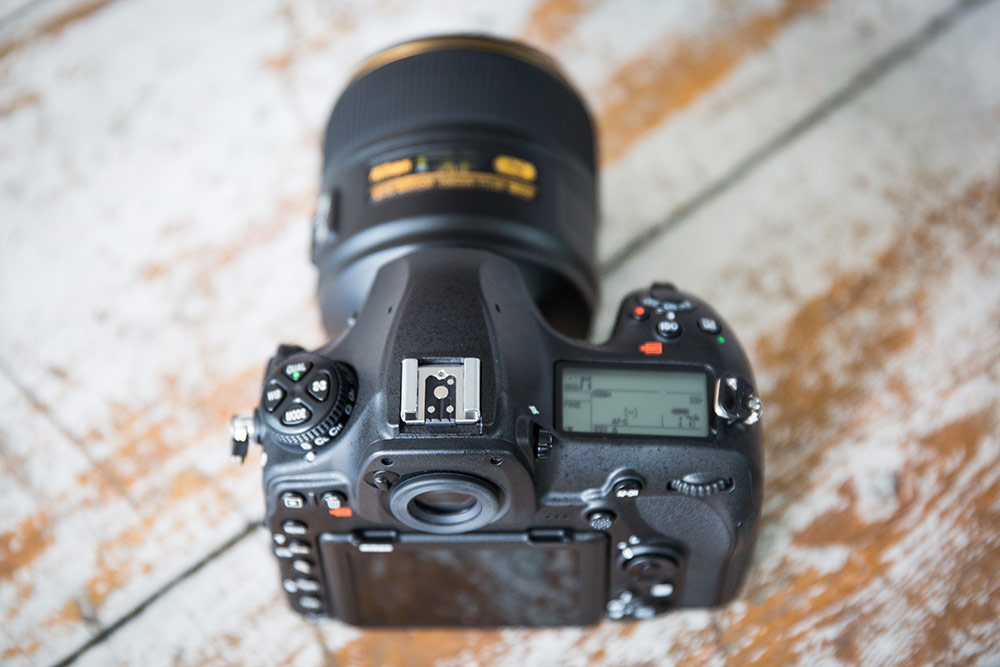
The Nikon D850 is a perennial favourite among wildlife photographers for its rugged construction and reliable autofocus.
The best DSLR cameras for wildlife include Nikon D850, Nikon D500, Canon EOS 7D Mark II.
Full-frame mirrorless options include Nikon Z 7II and Nikon Z 6 II. As well as professional options designed for sports and wildlife such as Sony A1, Sony A9 II, Canon EOS-1D X Mark II and Canon EOS R3. Read our Canon EOS R3 Vs Sony Alpha 1 and A9 II review.
Micro Four Thirds options include the Olympus OM System OM-1, Olympus OM-D E-M1X and Panasonic Lumix G9
Telephoto lenses can be very expensive, so if you’re just starting out in wildlife photography, a bridge camera can be a good compromise as you’ll get a huge zoom range for a fraction of the cost.
Best kit for wildlife photography – Lenses

A sharp telephoto like the AF-S Nikkor 300mm f/2.8G ED VR II is an ideal choice for wildlife photography.
When picking a wildlife lens, the first thing to think about is what focal length you want to use. The best focal length will depend on how close you can get to your subject. If you’re forced to keep your distance then a longer focal length will serve you much better, aim for somewhere around the 300mm or 400mm range. Add a 1.4x or 2x converter to increase the magnification (we’ve covered these in more detail later in this guide).
Telephoto zoom lenses are the obvious choice for wildlife photographers as they allow you to get close to the action without actually having to be physically near a timid (or dangerous) animal. You can choose between a telephoto zoom lens, or a prime telephoto lens, such as the Sigma 500mm f/4 DG OS HSM lens. Generally speaking, zoom lenses tend to be a little cheaper, but don’t offer a bright or wide aperture. Prime lenses also tend to offer superior optical quality.
If you’re interested in insect photography as well, a macro lens is an obvious purchase, as this will allow you to enlarge your subject and reveal details all but invisible to the naked eye. Also, telephotos are not the only option; you can also get some nice wildlife shots with wider angle lenses. For instance, if you’re photographing a field replete with deer., a wide-angle lens can allow you to capture the whole scene, rather than just a single animal.
Have a think about the type of wildlife photography you’re most likely to be shooting. Perhaps also think about hiring a lens to try it out before you commit.
For most people, a telephoto lens that provides a versatile zoom coverage is going to be the best choice. This also saves the hassle of changing lenses in the field, which could possibly result in a missed shot, or even spook your subject. Great examples include:
- Nikon AF-P DX 70-300mm f/4.5-6.3 G ED VR
- Canon RF 100-500mm F4.5-7.1 L IS USM
- Canon RF 70-200mm F2.8L IS USM
- Canon EF-S 55-250mm f/4-5.6 IS STM
- Nikon AF-S 500mm f/5.6E PF ED VR
- For Sony full-frame: Tamron 70-300mm F/4.5-6.3 Di III RXD, Sony FE 100-400mm f/4.5-5.6 GM OSS
- For Canon and Nikon DSLR users: Tamron 100-400mm F/4.5-6.3 Di VC USD
- For Micro Four Thirds users: Panasonic 45-200mm F4.0-5.6 II G Vario Power OIS, Panasonic 100-300mm F4-5.6 II G Vario
- Owners of E-mount and L-mount cameras: Sigma 100-400mm F5-6.3 DG DN OS Contemporary
Extensive Telephoto Zooms
If you would like to be as flexible as possible for different shooting situations, you’ll want to consider a lens with a broader zoom range. The following lenses are extensive telephoto zooms, which may offer a focal length up to 600mm and beyond, or allow you to zoom out as far as 18mm for a wide perspective.
- Panasonic Leica DG Vario-Elmar 100-400mm F4-6.3 Asph Power OIS
- Fujifilm XF 100-400mm F4.5-5.6 R LM OIS WR
- For Canon and Nikon DSLR users: Sigma 150-600mm f/5-6.3 DG OS HSM Sport, Tamron 18-400mm f/3.5-6.3 Di II VC HLD
- For Canon EOS R users: the compact and retractable RF 600mm F11 IS STM and RF 800mm F11 IS STM
- For Micro Four Thirds users: the astonishingly impressive Olympus M.Zuiko Digital ED 300mm f/4 IS PRO, Olympus M.Zuiko Digital ED 150-400mm F4.5 TC1.25x IS Pro
Best lenses for mirrorless systems
Teleconverters
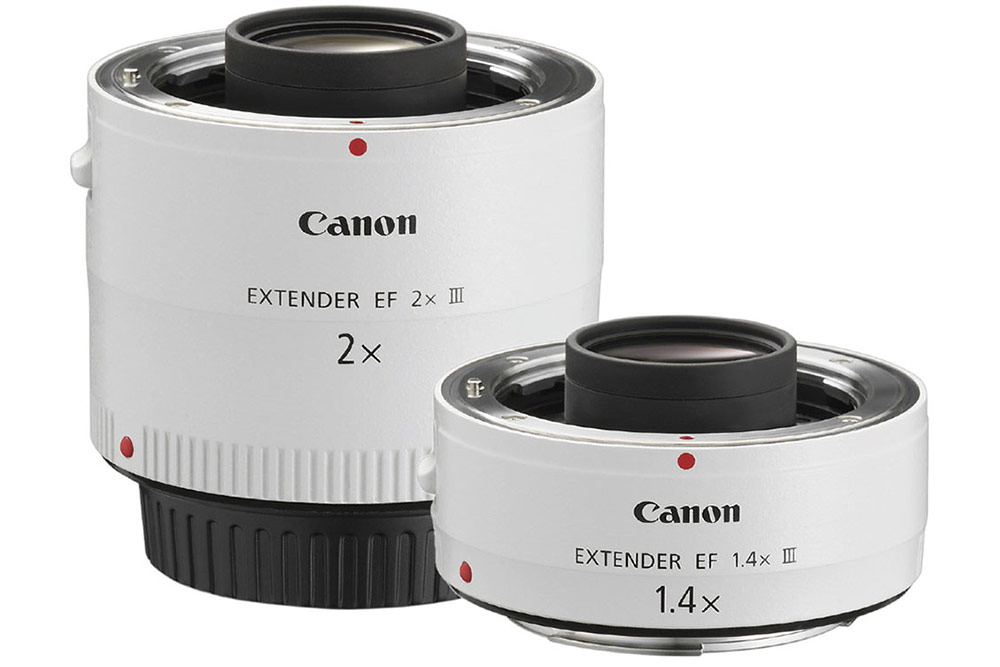
Teleconverters are a cost-effective way to boost your lens reach – though it generally means taking a hit on maximum aperture.
If you’re shooting something in the distance and even a 400mm lens can’t quite get there, a teleconverter is your friend. Teleconverters are also a great option to add to a lens you may already have, especially if you are just getting into wildlife photography and don’t want to purchase a new lens. A teleconverter is placed in between the camera and lens to increase the focal length up to 2x. The downside of using one of these means the maximum aperture will be narrower when using a teleconverter – that can have an impact on the autofocusing capability of some cameras.
Teleconverters are available for most cameras from camera and third-party manufacturers. Examples include the Canon Extender RF 1.4x and Canon Extender RF 2x and the Nikon Z Teleconverter TC-1.4x and Z Teleconverter TC-2.0x
Best kit for wildlife photography – Camera bags

The Vanguard VEO Adapter S46 is a top quality backpack that’s comfortable and highly protective of your kit.
Your bag choice may often depend on the type of photography you do. For wildlife photography it’s likely you’ll be stopping in one place to set up and take your images. But you also need to move around and your gear may be heavy. For that reason a backpack or rucksack makes the most sense. Make sure if you have long telephoto lenses that the bag has enough space inside to fit the lens, or lenses if you have more than one.
- Vanguard VEO adaptor S46 Backpack, Vanguard VEO Active Backpacks
- Gitzo Adventury 30L
- Lowepro Flipside BP 300 AW III
- Wandrd Prvke 31 Backpack V3
See more options in our guide to the best rear-loading backpacks and the best camera backpacks to buy in 2022.
Best kit for wildlife photography – Accessories
Tripods
As we’ve already mentioned, it’s likely you’ll be staying in one place for wildlife photography, and if you’re using telephoto lenses, a tripod is pretty much essential.
Look for a tripod which is sturdy and offers plenty of support for both your camera and the lens attached to it. Check its maximum load bearing weight to make sure it can handle it. If your budget stretches to it, consider a carbon fibre tripod like the Kingjoy SolidRock C85 tripod, as this should be relatively lightweight while still being strong enough to support your gear.
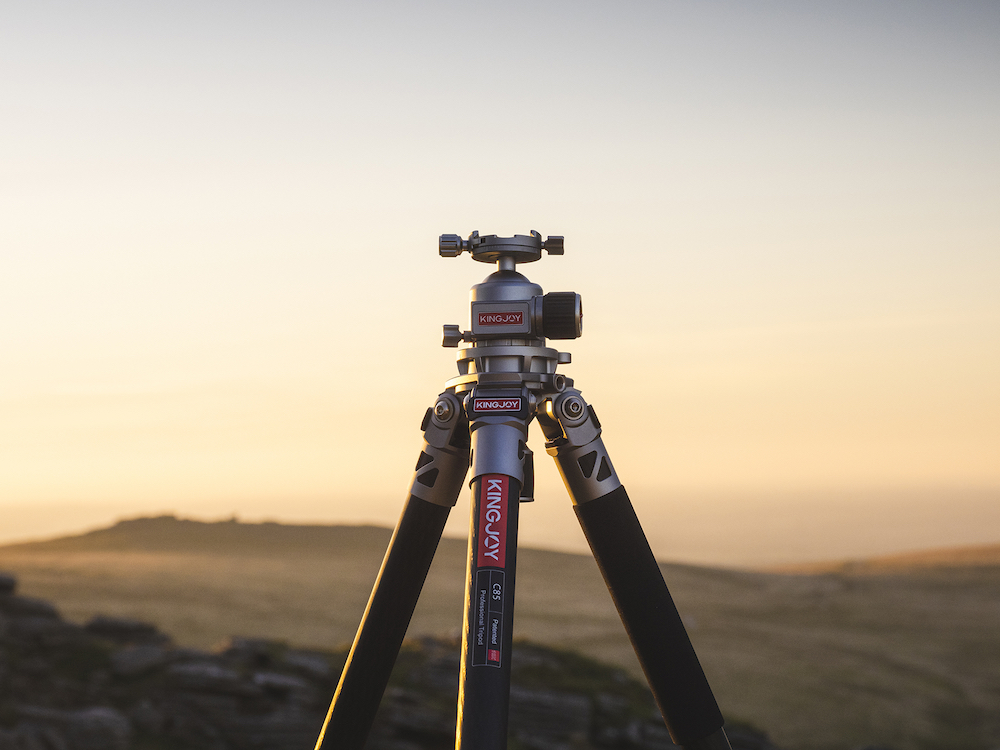
The Kingjoy SolidRock C85 tripod shown with its levelling base.
The head, whether attached or purchased separately, needs to be a ball and socket type of tripod as it’s likely you’ll be making quick movements. This kind of socket allows for speed and fluidity.
Take a look at our essential guide to tripods.
Bean Bags
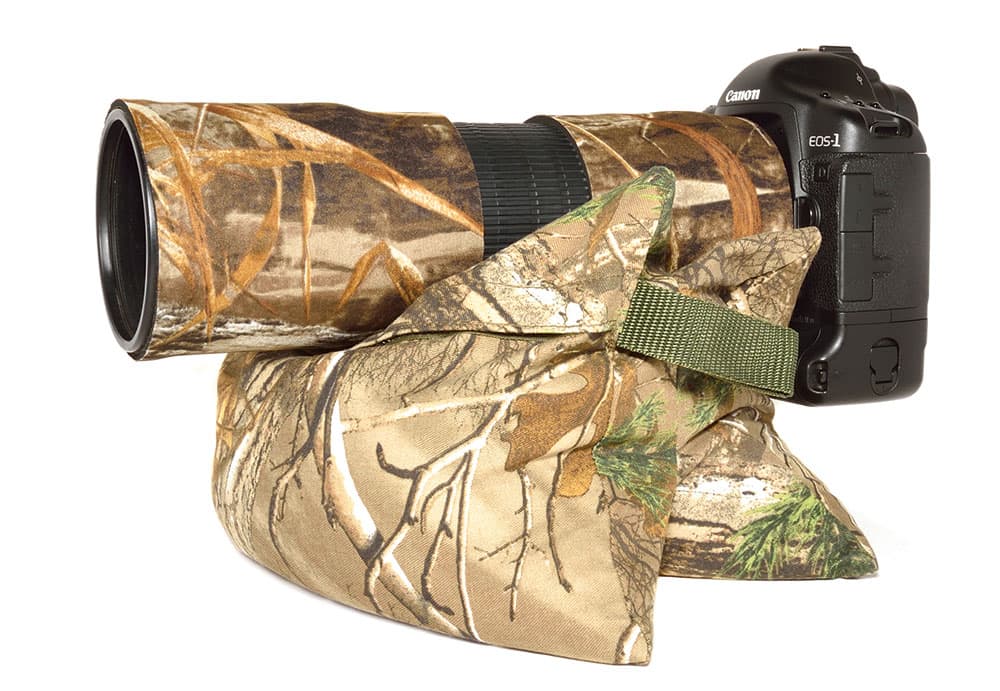
The Wildlife Watching Double Bean Bag is ideal for providing a quick, makeshift bit of camera support.
A bean bag can also help you out when you need to rest your camera lens against something to keep it steady when a tripod isn’t necessarily practical. For instance, if there’s a conveniently placed wall, or a dedicated photography hide. You could also use them when shooting from your car if you’re lucky enough to spot a subject near a convenient parking location.
Binoculars

Camera manufacturers like Canon and Nikon often also offer excellent binoculars.
You’ll probably spend a high proportion of your time on a wildlife photography shoot just waiting. And waiting. However, you’ll need to be attentive during these waiting periods so as not to miss your subject when it does pop up, and this means you need a way to visually monitor the area.
You could look through your camera’s viewfinder, or shoot on live view, but it makes much more sense to use a pair of binoculars and save your camera’s battery. A decent pair of binoculars will help you to scan the scene to find your subjects. Plus, it is sometimes nice to put the camera down and just watch for a while.
Batteries

It’s always worth packing a spare battery for your camera. Photo credit: Andy Westlake
Given that it’s a waiting game, extra batteries can be useful if you’re out all day shooting and your battery runs out. It can also be quite cold when you’re photographing wildlife, so keeping a spare battery warm and ready to go can help you out.
Get more out of your camera’s battery with our top 15 tips for longer battery life.
Memory cards
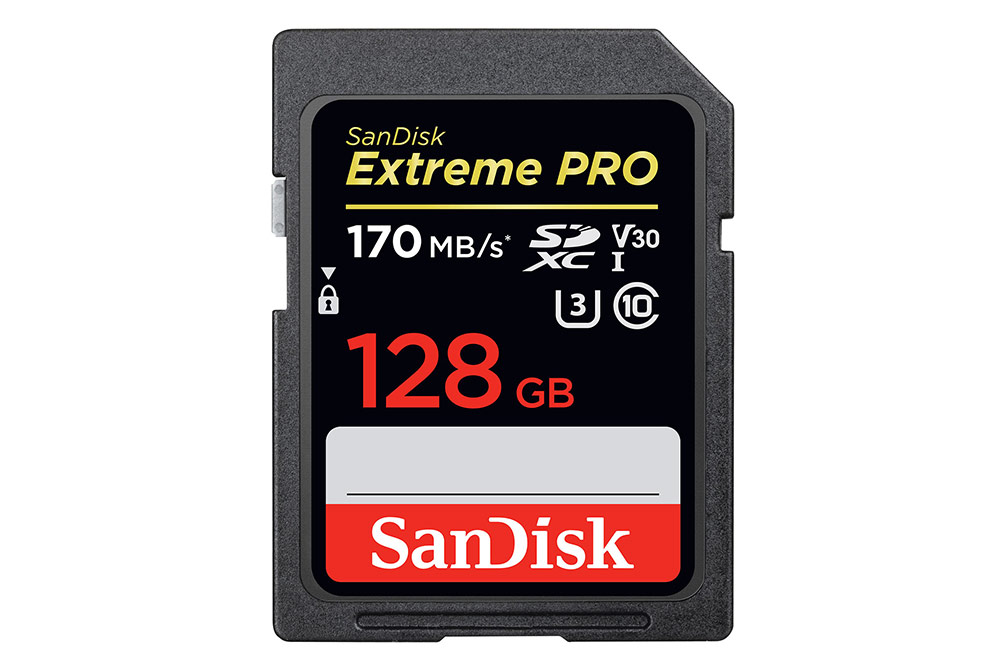
Multiple memory cards are a must on any extended outdoor shoot.
You’ll also want to invest in some fast memory cards that can keep up with shooting at fast frame rates, as well as hold enough storage. We also recommend packing extra memory cards where possible, as your wildlife photography is almost certain to take you places where it won’t be easy to source a spare. This means you’ll be covered if you fill up your card, or if it becomes corrupted.
Some memory cards are hardier than others, which is worth taking into account. SanDisk’s Extreme Pro series of memory cards are designed to withstand the rigours of outdoor usage. Also, depending on your camera, you may want to consider different types. While an SD card will work in pretty much anything, some cameras will also offer compatibility with other formats like CFExpress, XQD and CompactFlash.
Check out our ultimate guide to memory cards for more on the different options available.
Backup drive
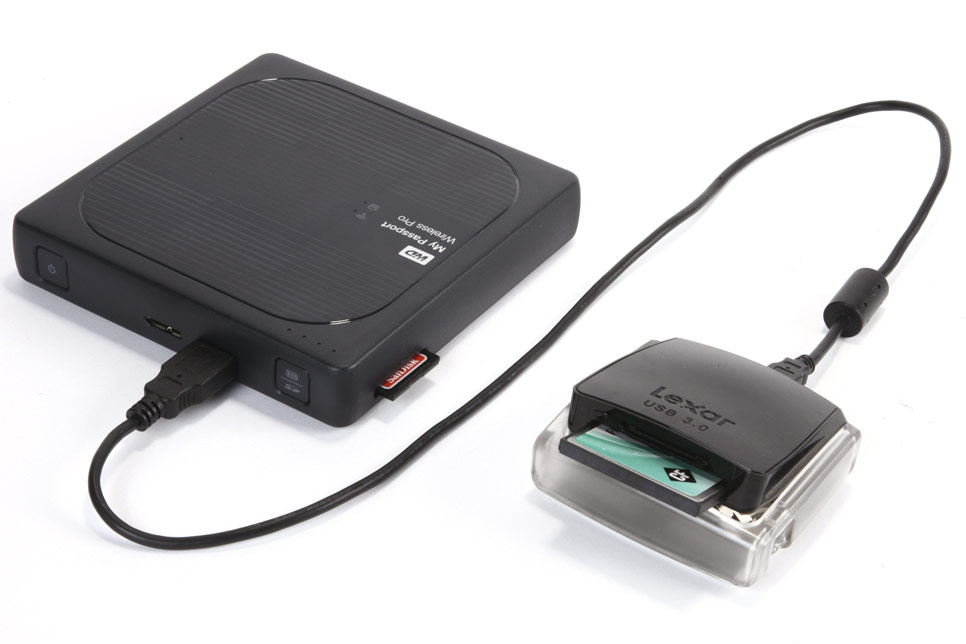
An external drive like the My Passport Wireless Pro provides a means of on-the-go backup.
Backing up your card using a back-up device is also highly recommended if you can. The WD My Passport Wireless Pro is a good example of something you can easily fit in your camera bag for backing-up on the move without the need for a computer.
See our rundown of the best portable hard drives for photographers for more on-the-go backup solutions.
Rain cover
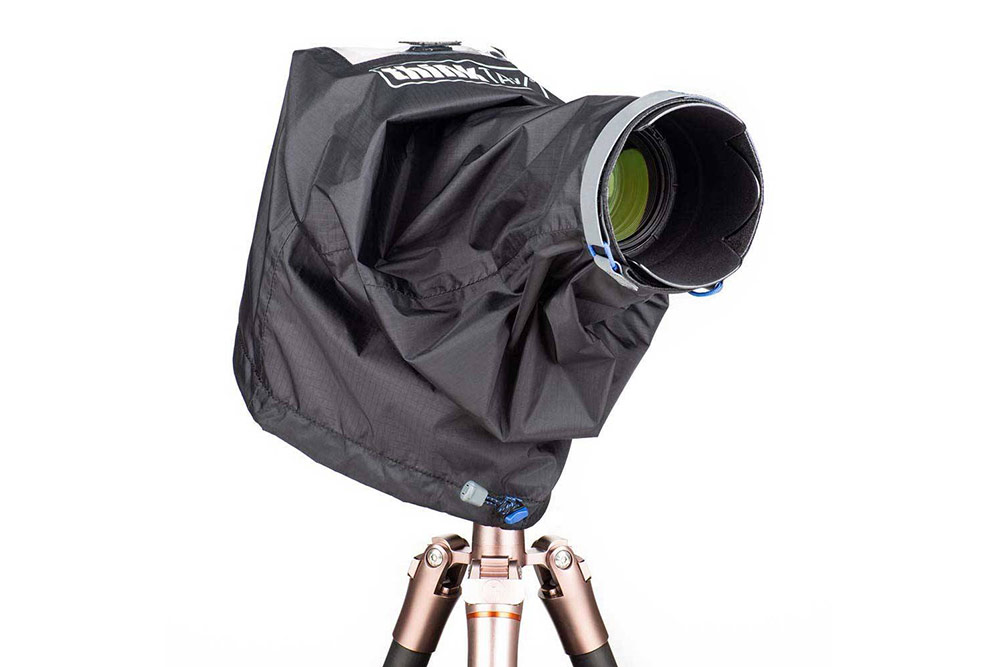
Simple accessories like the Think Tank Emergency Rain Cover can be lifesavers.
If you’re lucky enough to be shooting in the great British outdoors, a weatherproof camera is a good idea. However if you don’t have one, or you want to get a bit of extra peace of mind, a rain cover like the ThinkTank Emergency Rain Cover is a good option. Ideally, look for one which not only fits your lens but also offers a good view of the rear LCD screen.
View more accessories for wildlife photographers here.
Clothing
At the risk of sounding like an overbearing parent – make sure you wrap up warm. Wildlife photography often involves sitting around for long periods of time in one position – even in mild conditions it can quickly get cold. Wet, too.
Furthermore, you might want to invest in some camouflage clothing to help you to blend into your surroundings – especially useful when photographing cautious animals. Alternatively, you can even pick up jackets which have been designed for photographers, such as the COOPH Field Jacket.

The COOPH Field Jacket offers ample pocket space to store your gear.
There can be a lot of moisture around in the mornings, and just walking through long grass will be enough to get your legs soaked. Waterproofs will mean you stay dry, particularly if you are going to be lying down to photograph from ground level.
Keeping your hands warm is also a must. Gloves will be essential during the Winter months as well as colder spells in autumn and spring. You can get some great waterproof pairs that are warm, but thin enough to operate a camera with. Consider a hat also!
Shoes
You really don’t want to be scrabbling around in a pair of old shoes or trainers. Dedicated walking shoes are a must – they’ll grip better, support your feet more and keep them far warmer especially if they are waterproof.
Take a look at our latest buyers guides and reviews for more inspiration.
Now you have all the gear, learn how to get better wildlife photos:
- Get great shots of winter wildlife in low light
- Get great autumn wildlife shots
- How to get great lighting for your wildlife shots







